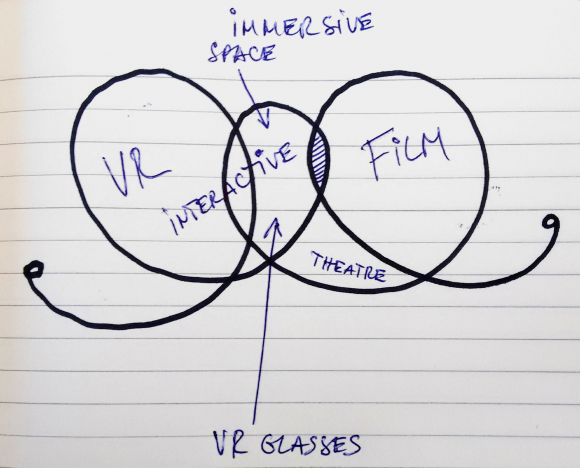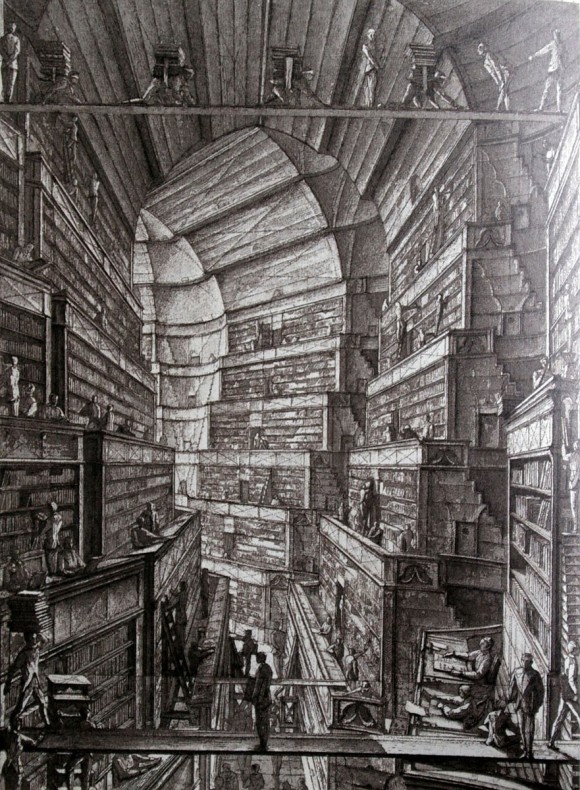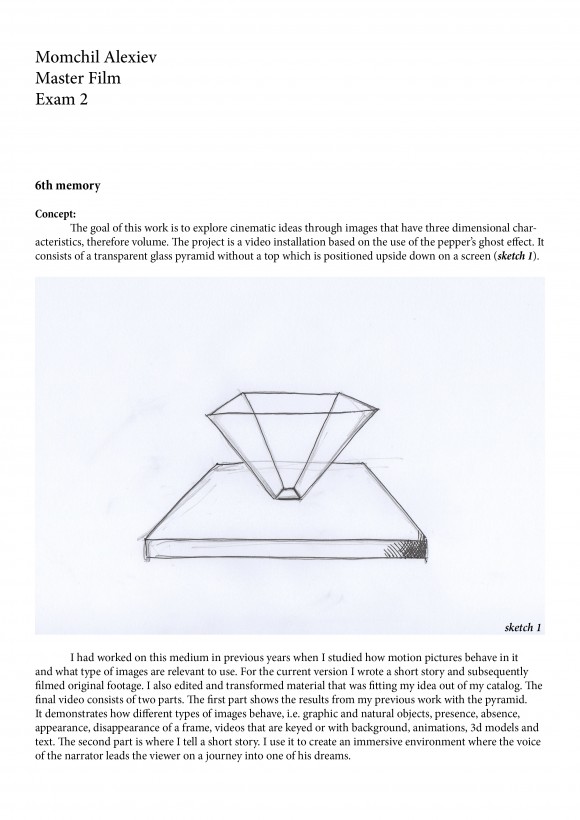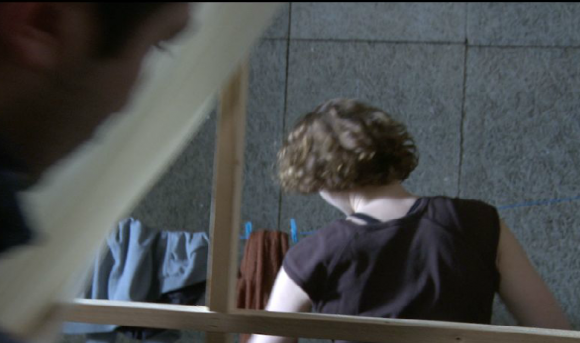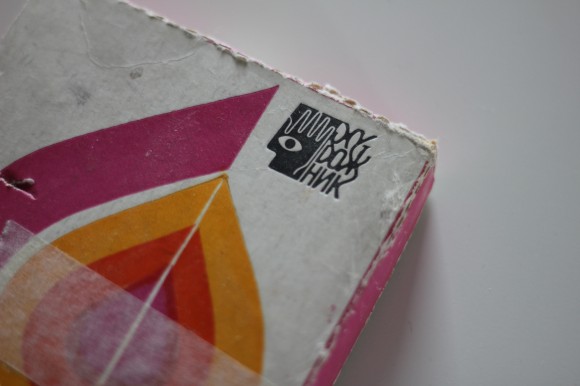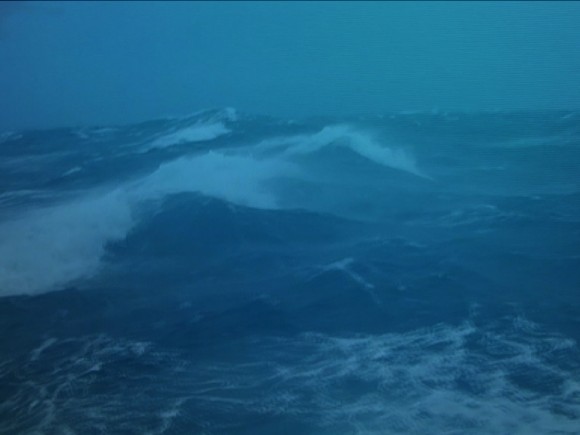Below are a few short reasonings in regards to my next project which is a 360 degree film tale.
Film can use the instruments of VR to tell stories. But where does one start and the other end? Is this process leading to something that will relate to film the same way smartphones relate to landlines?
We can start with the fact the both propose an immersive experience through the use VR glasses. If we leave special effects and interaction aside, what remains as unique characteristic is the feeling of being somewhere else. Even the complete darkness before a game or during a film is a digital “dark room”.
So we have our common ground, namely immersive space.
Another common element is interaction.
It is there by default, because the sensor of the Oculus Rift is detecting the orientation of the head and respectively the body of the viewer. This makes it possible to look around and choose what to “exclude” from the entire picture. The spectator frames the story the way his/her will or instinct desire.
This is a significantly different from traditional storytelling in cinema. We are transported to a different place, immersed in the fabric of the film. The director is still leading, but in a way that leaves us a full horizon for exploration. Space acquires distinct importance as a narrative element.
I would say, we can safely conclude that there is interaction already when simply watching a movie with VR glasses.
There is though, a big turning. How much of an interaction does one want to use? From keyboards to smells and haptic devices, everything is possible. Since we are talking about film and storytelling there are two things to mention in that regard:
1. It is extremely easy to loose the sense of being immersed in a film story, if some kind of controller is used. Because of the nature of present time VR glasses and sets, this interaction immediately brings us out of the film and transforms the experience into some sort of a video game.
2. When interaction means that the viewer is altering the storyline, the experience is different. One thing is if I am free to look around, another, if I can actually change the film destiny. Even if we only use eye tracking to make choices in the film, it makes us conscious of ourselves and subsequently may draw us away from the story.
To summarise: Immersive feeling and basic interaction are the largest areas of overlapping between Film and VR.
Anything that steps out of that border seems to form new categories and aggregates.
